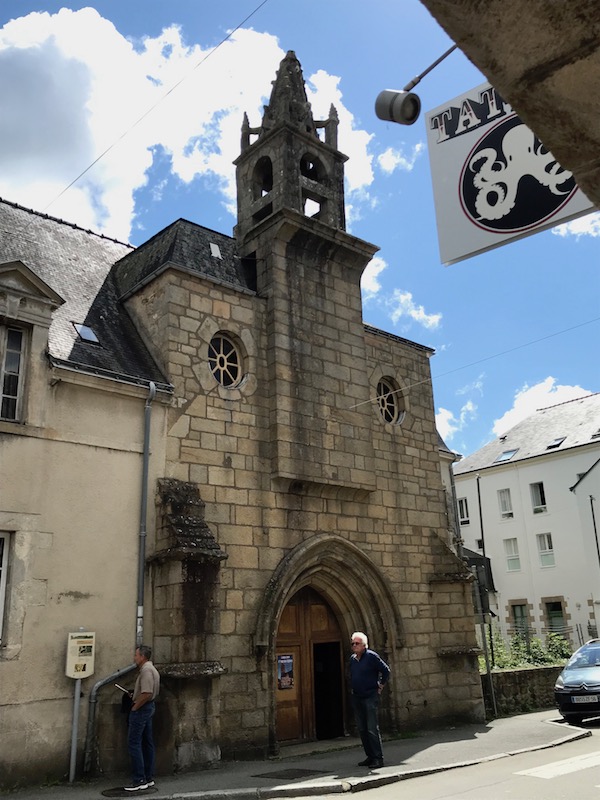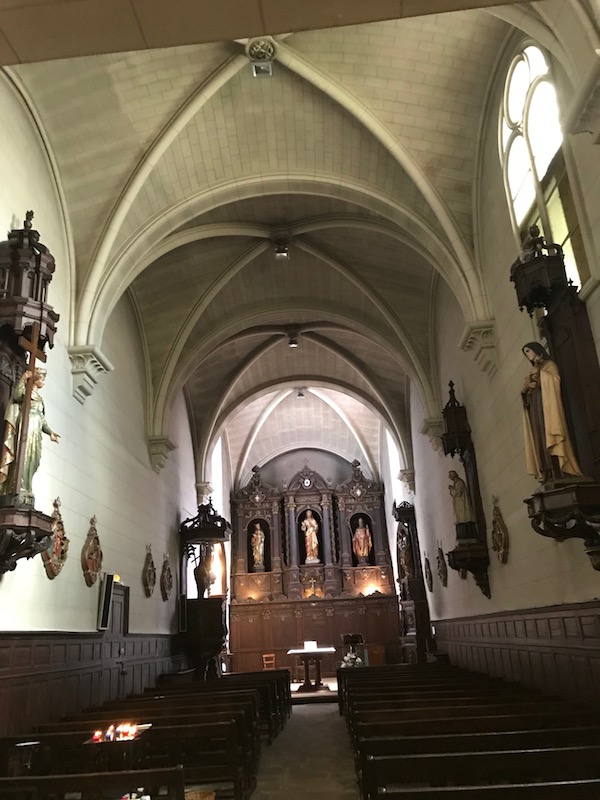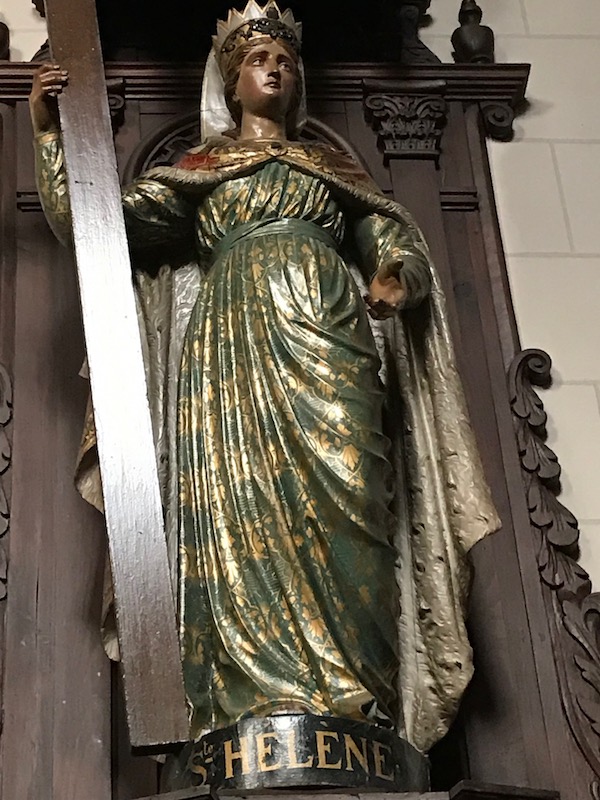Our Blog - Auray, France
We spent a few hours in the village of Auray, which is an ancient town dating back to the 1100's. It is really two villages that have been put together, one on each side of the Loch River. Up on a high plateau, a grand castle was built, as well as a bridge where tolls could be collected. On the other side of the river, a community called Saint Goustan formed where a port was created.
A piece of trivia: Benjamin Franklin arrived in Auray in December 1776 to ask for military assistance from France. He was supposed to arrive in Nantes but instead landed here due to bad weather and made the rest of the trip by land.
Like many of the small villages in Brittany, there are lots of half-timbered homes in the medieval quarter of the city.
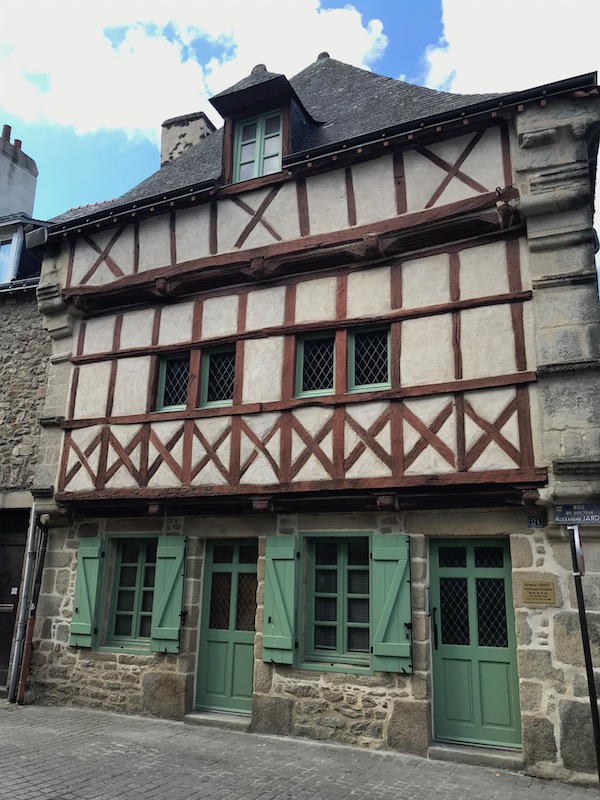
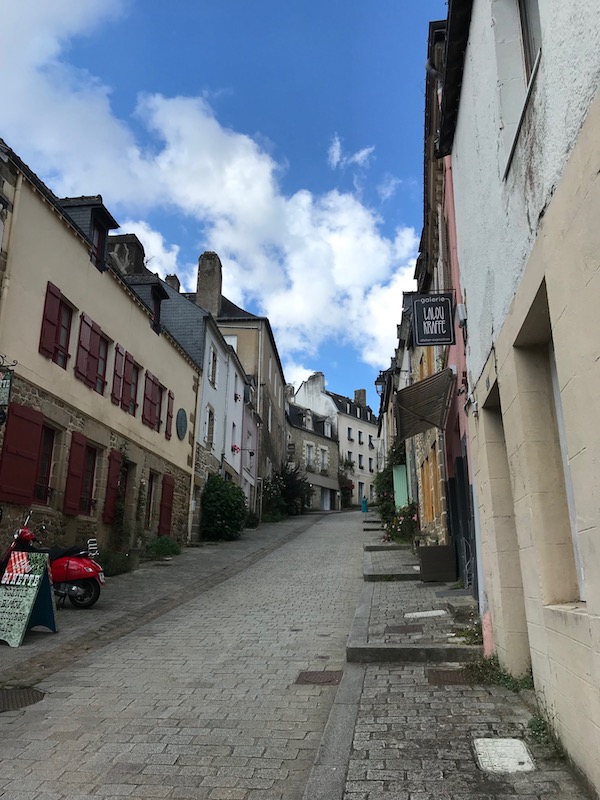
The Hôtel de Ville was built from 1776 to 1782 although the little bell tower was added much later. The old markets are right behind the building, so this was really the main center of town throughout the Middle Ages.

Here is the port and Saint Goustan neighborhood from the hill on the other side where the castle used to be. Prior to 1670, many different products were shipped through this port, including wheat, fish, leather, and wine. Starting in the 17th century, stone quays and slipways were added but the port declined when the railway came into Auray in 1862.
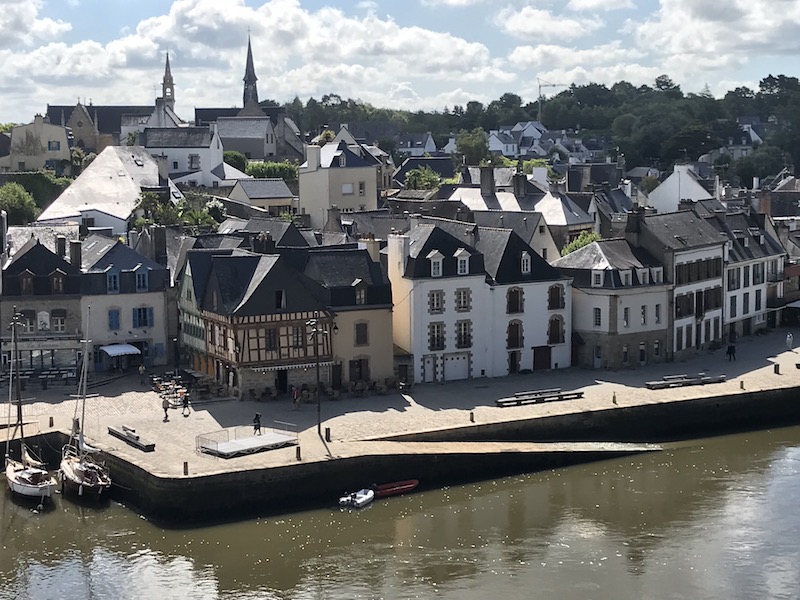
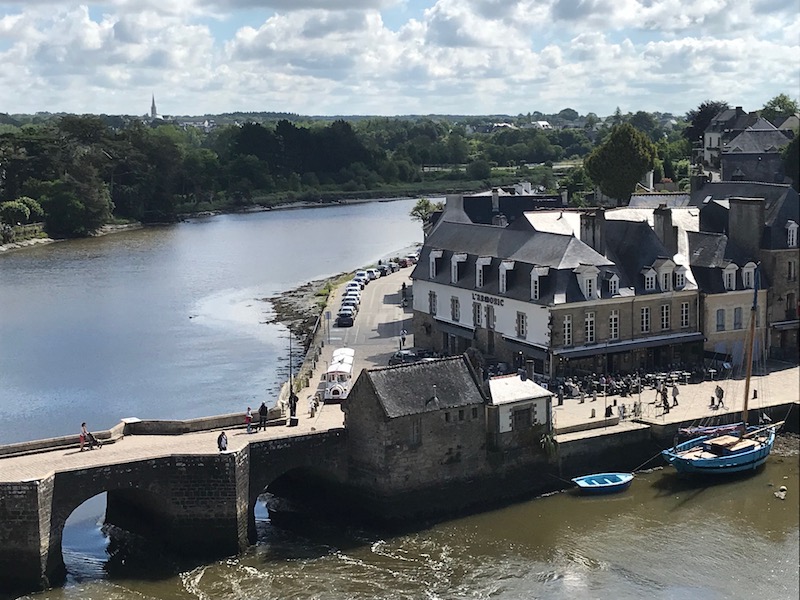
Église Saint-Sauveur d'Auray dates back to the 15th century although the majority was rebuilt after a fire in 1886. You can see the original portal, which has a different look and stones are a different color. From the outside, it really isn't a very nice looking church.

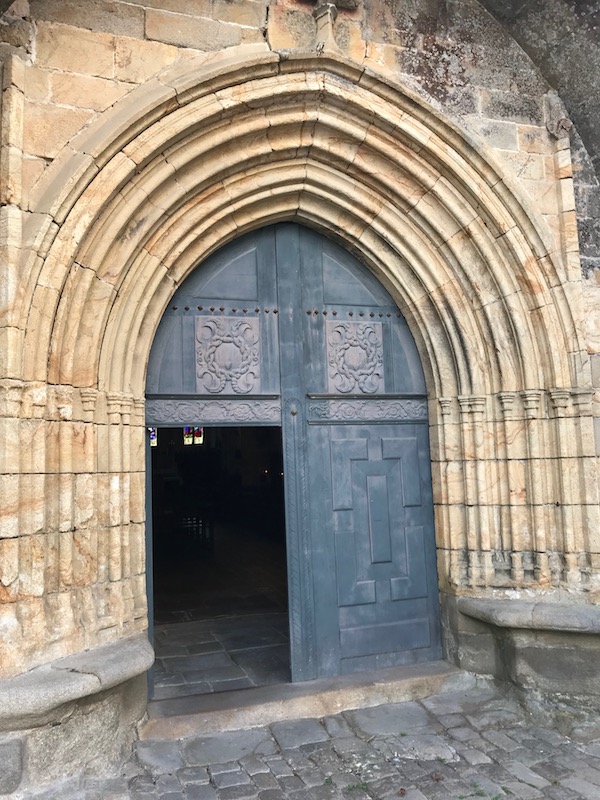
Inside, it is a quite simple church but the ceiling is shaped somewhat like a boat, and there is a boat hanging from one of the rafters. It also has some nice stained glass and a carved wood pulpit.
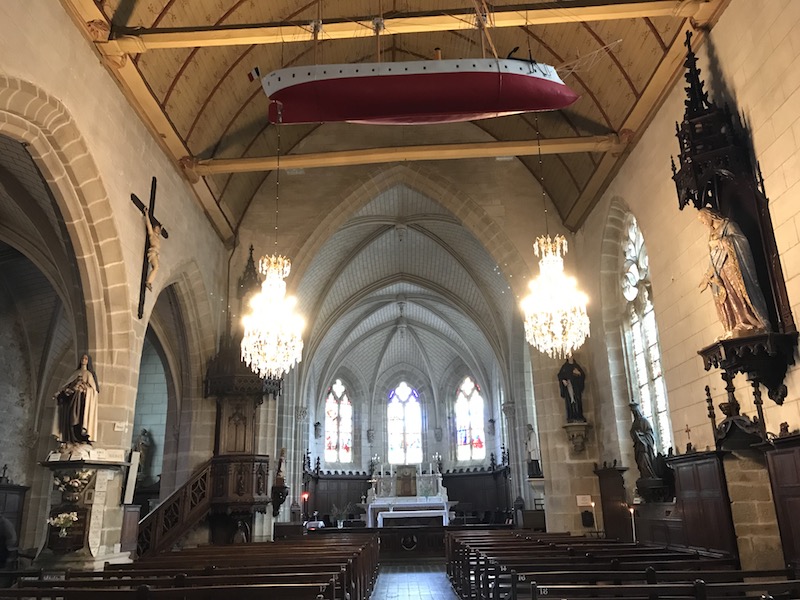

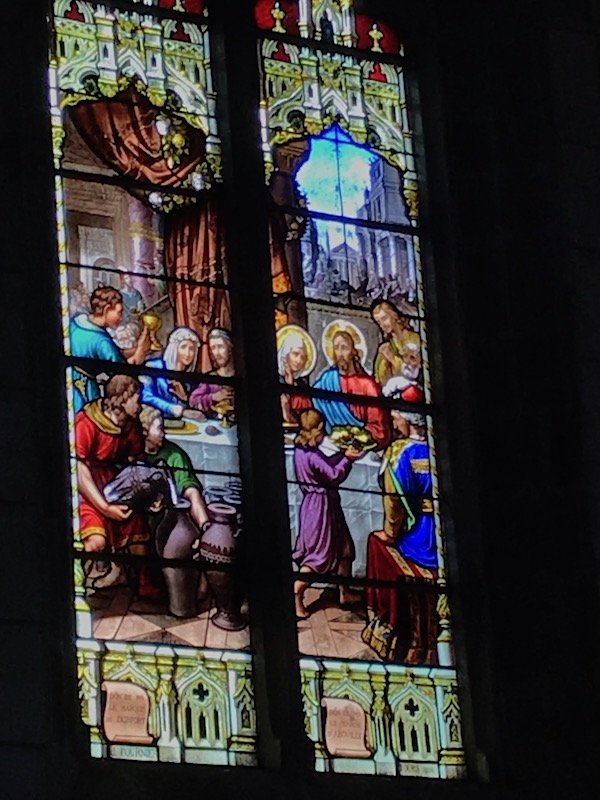
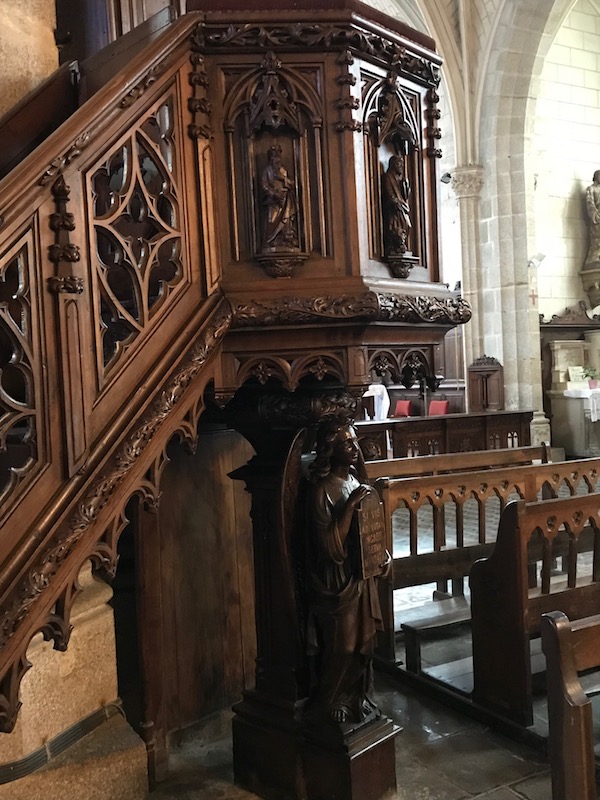
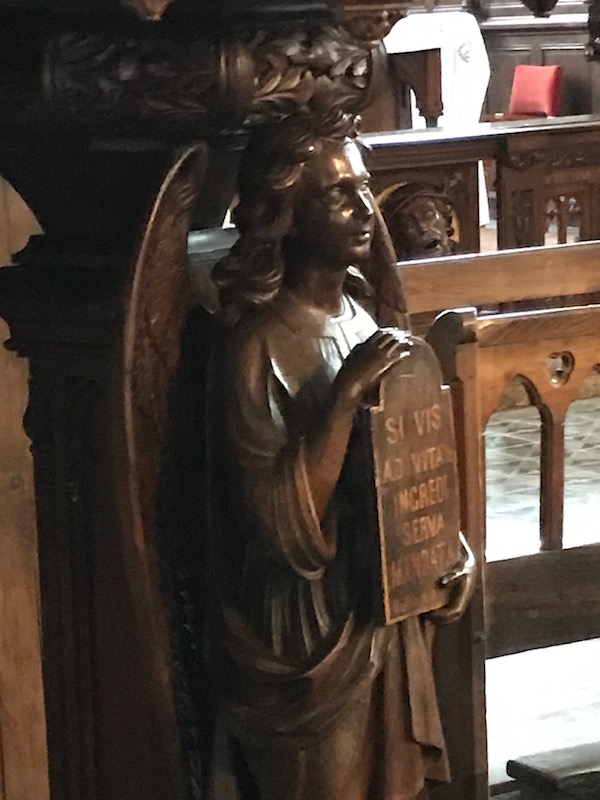
We weren't able to go inside of the Chapel Notre-Dame-de-Lourdes, which was built in 1878 after the apparitions of Lourdes in 1862. It has a very different style, being created in neo-Gothic style.
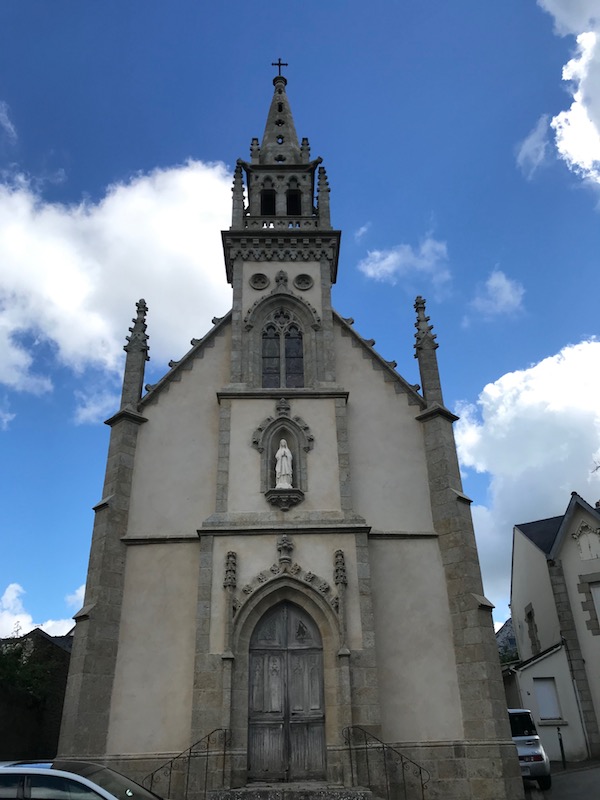
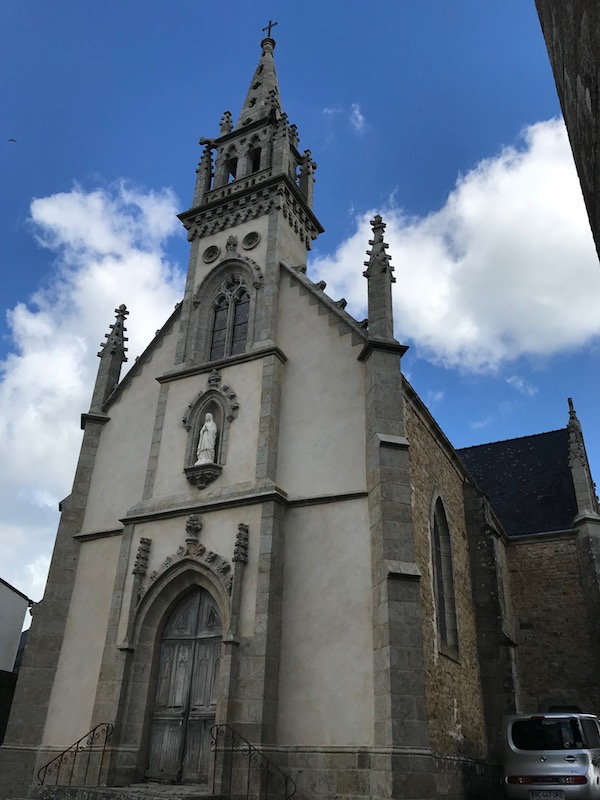
A first bridge was built here in 1295 but as with many bridges, it didn't really last. The current bridge was built in the 15th century although it had to be altered many times due to the affects of the tides and currents. On the Saint Goustan side of the bridge, the original toll building is still there.
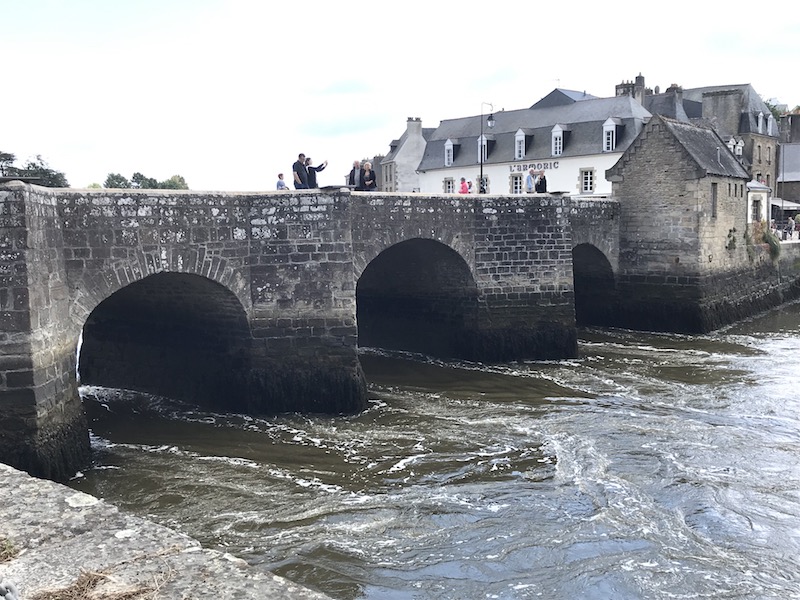
The Pavillion d'en Bas sits at the base of the bridge and has been used as an inn in the 18th and 19th centuries ... now, it is a souvenir shop/art gallery.
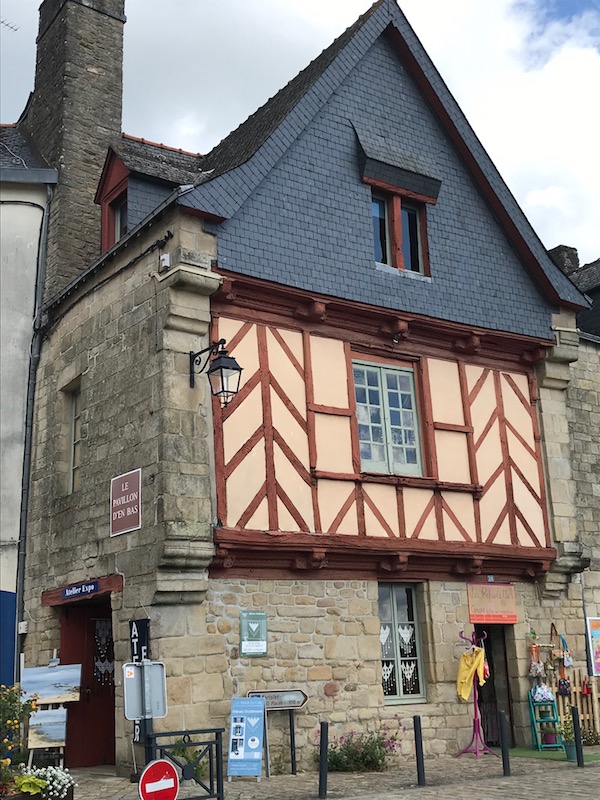
The Congregation Chapel dates from the 17th century, and it was for men who were pious craftsmen to come and pray. In 1793, the chapel was used as a prison and then a court. It now houses the tourist office.
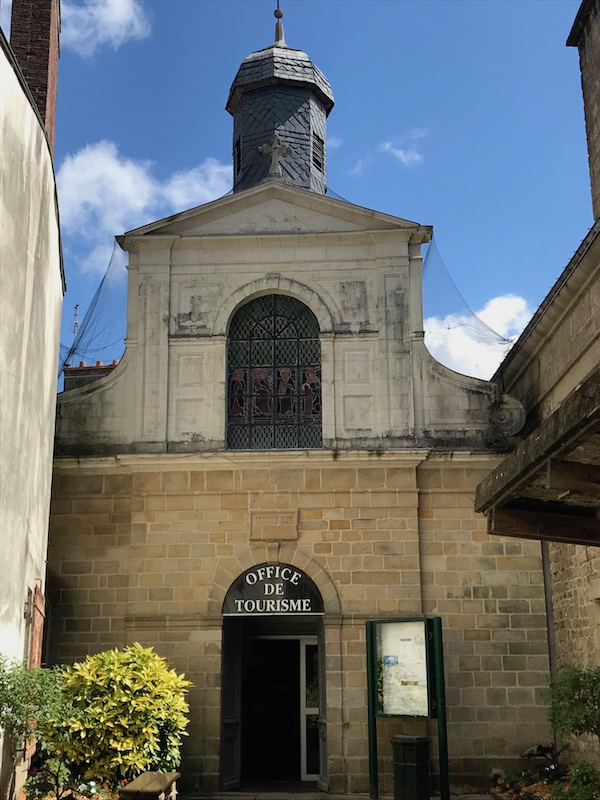
Église Saint-Gildas d'Auray was completed in 1663 on land given to the Abbey of Saint-Gildas-de-Rhuys. This is the 2nd church here, as the first one was demolished in 1620. It houses a Laval altar stone and marble from 1664, an organ of the 19th century and a baptismal font with carved canopy. In 1930, the large windows of the transepts were replaced with windows depicting the life of Saint Gildas.
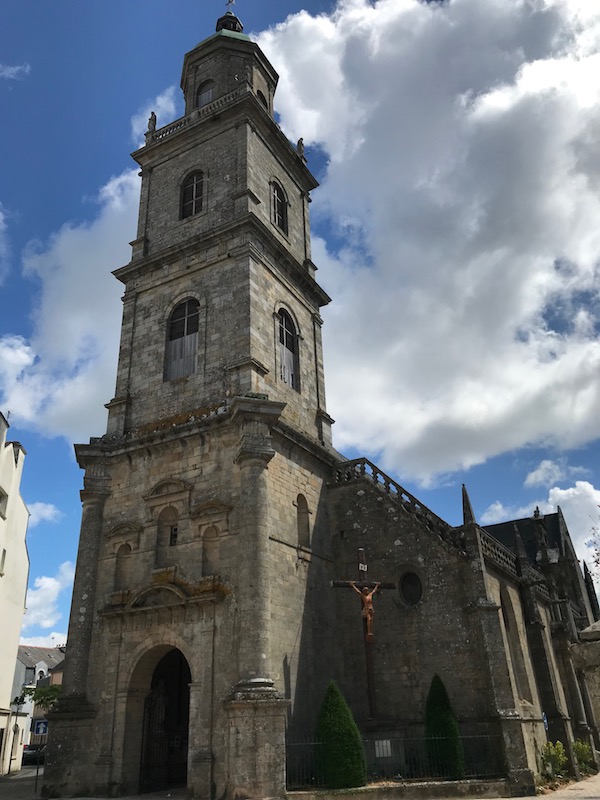
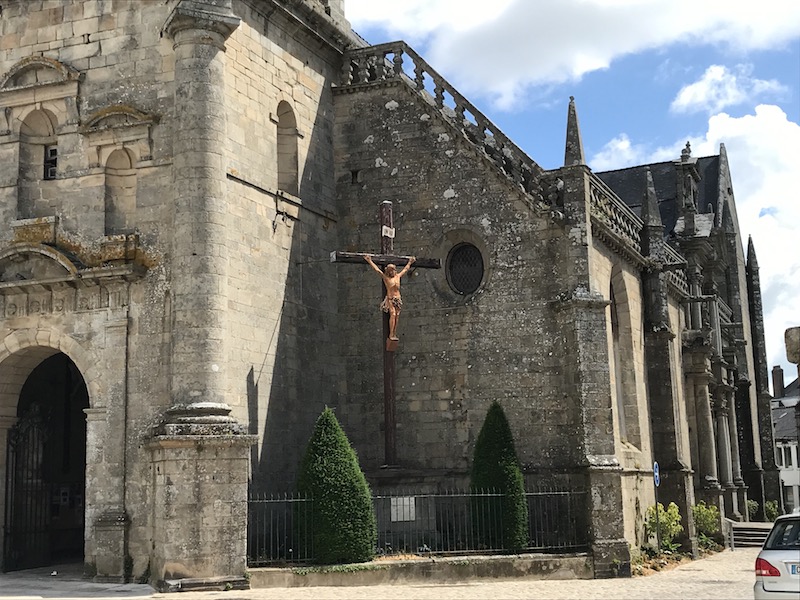

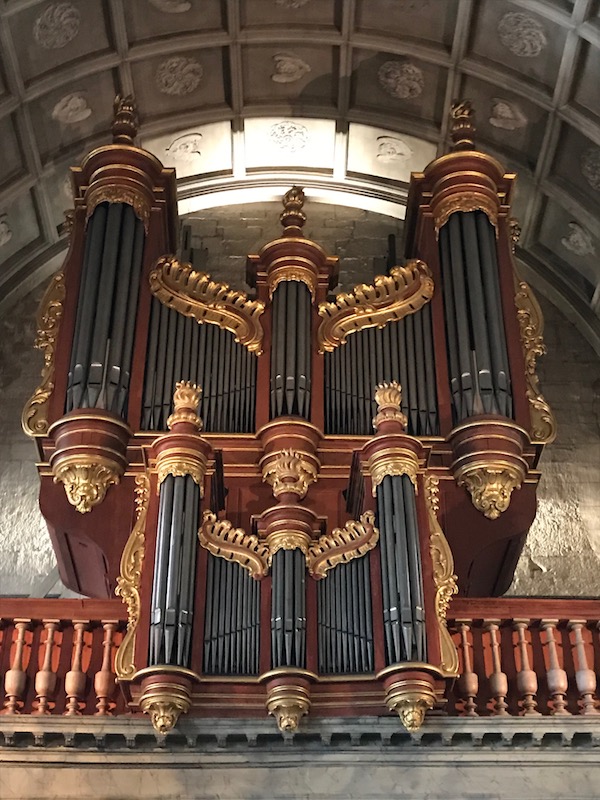

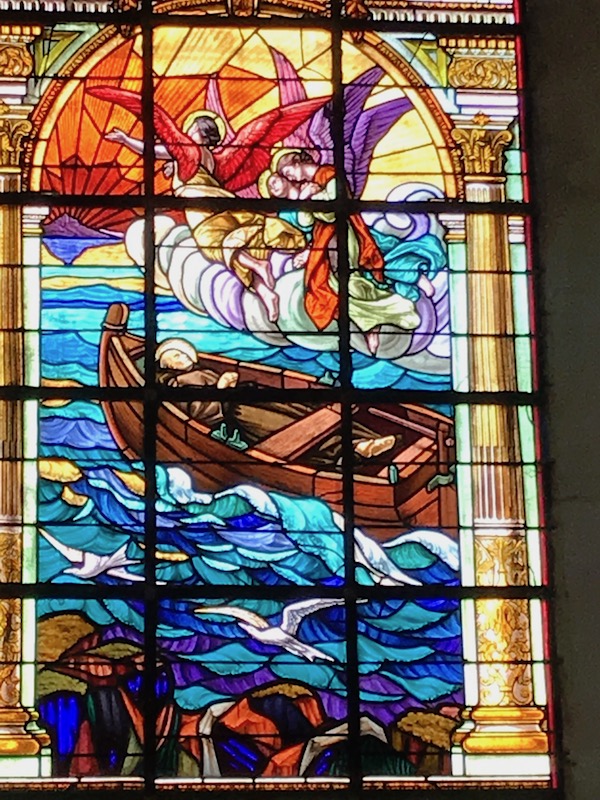
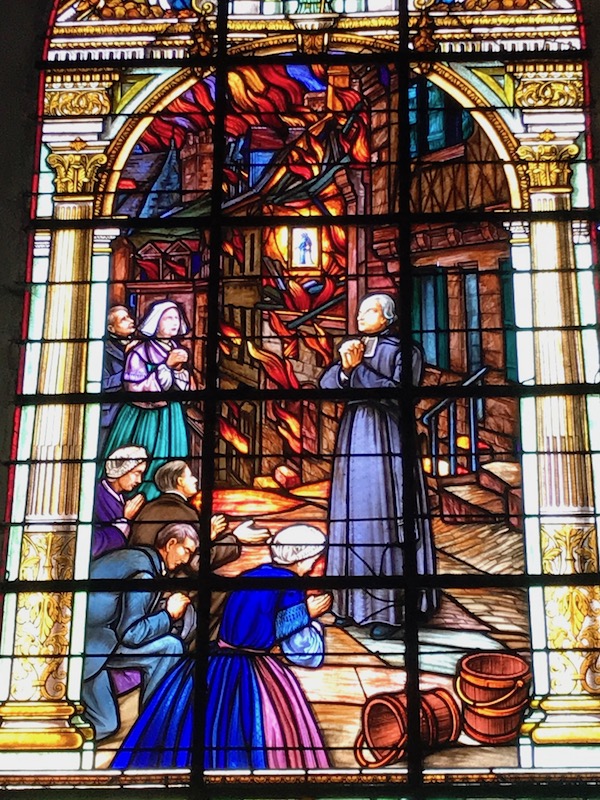
One of the more interesting things in this church was an early 16th-century sculpture of a recumbent Jesus Christ, representing Christ after the descent of the cross but before the burial. The sculpture is made of tufa limestone, remastered in plaster in the 19th century. In 2005, it was transported to the workshop to be restored and successive layers of paint were removed, although you can still see some of the original color.
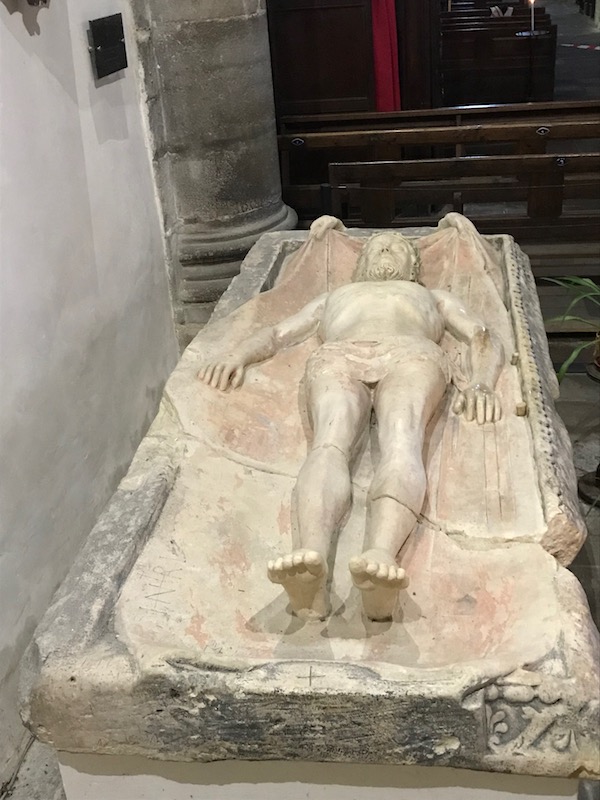
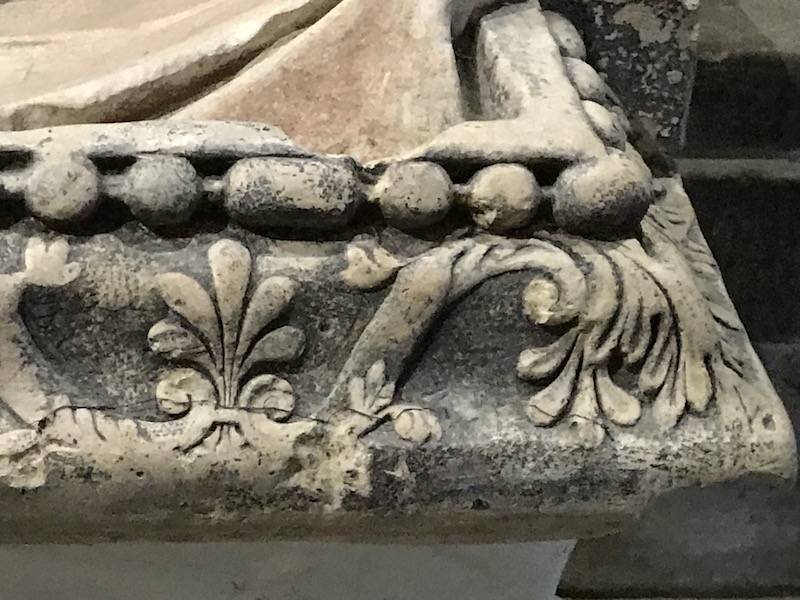
Saint Helen's Chapel was part of the Auray general hospital, which was built in 1651. Like many general hospitals, it was connected to a chapel so that patients could hear services from their beds.
